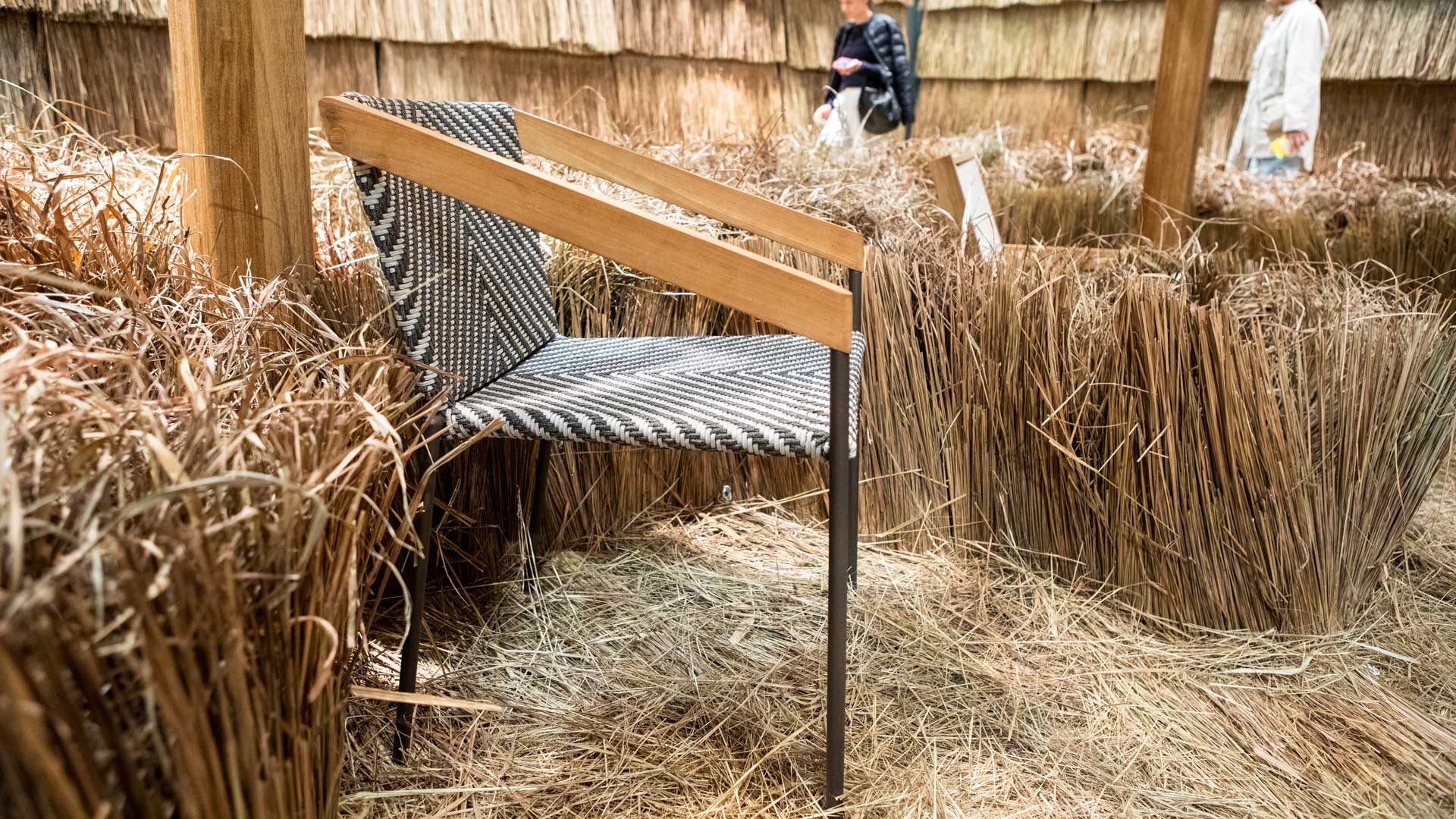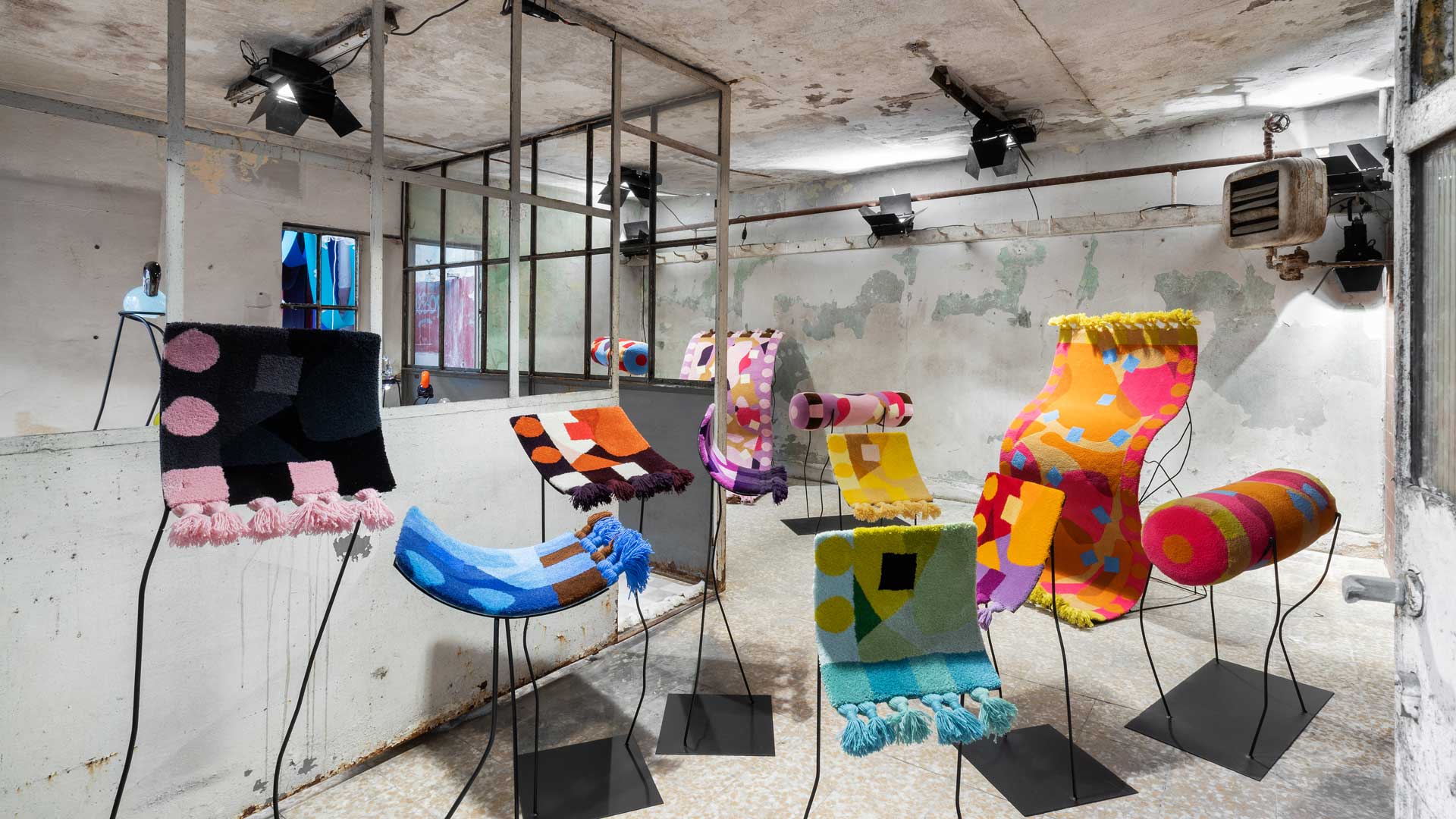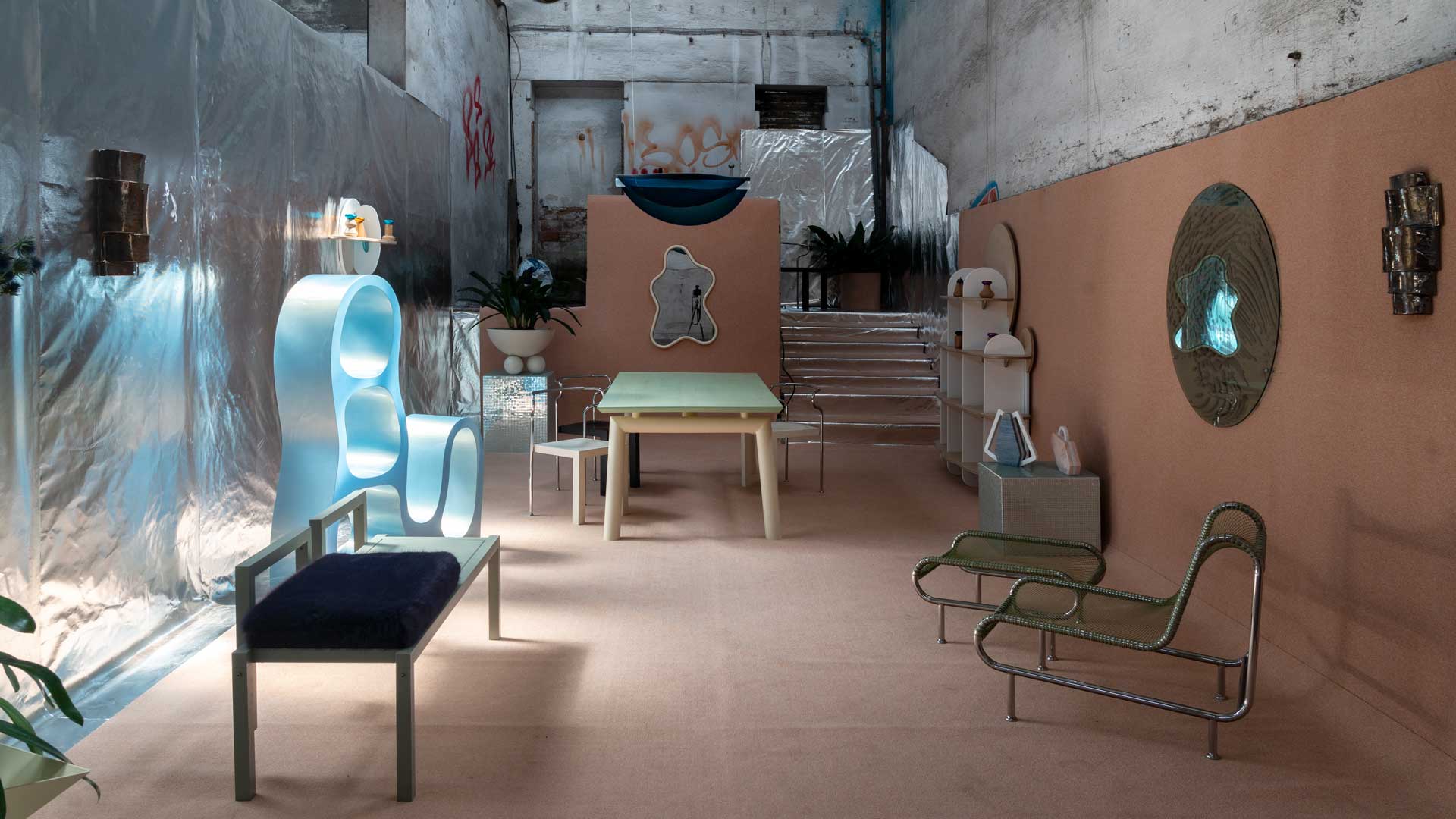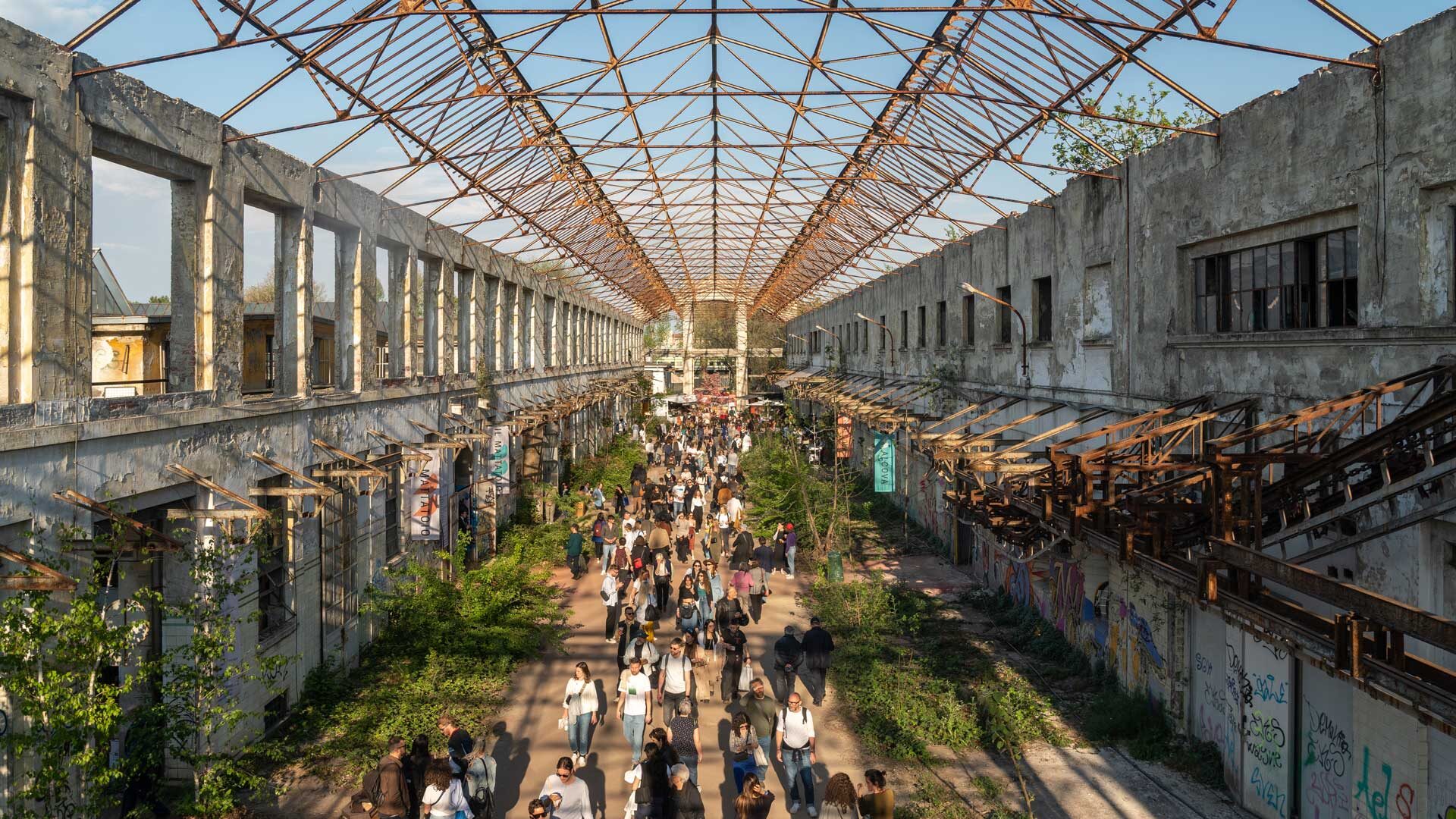Following the Milanese event dedicated to design, Massimo Gianquitto, CEO of Level Office Landscape, analyzes the ideas observed at the fair and at the Fuorisalone, providing unprecedented interpretations and topics to reflect on.
Milan Design Week is back to be an international event
At the end of each edition, there is always a lot to discuss about Milan Design Week. A week dedicated to Design, not just to talk about the many products presented to Salone del Mobile, but also to attend events and presentations.
The Rho Fiera exhibition is the main place where companies show the results achieved in the last year in terms of technical, aesthetic, production research and the challenges – real or declared – faced in terms of sustainability and ethics . This would already be enough if we didn’t add aperitifs, parties, talks, exhibitions, which involve the city with the Fuorisalone in clear competition and confrontation.
A character that makes the Italian exhibition unique worldwide and original, back to normal (again in April and international, as the journalist Aurelio Magistà writes in the Repubblica insert).
Understanding the event

Even for an expert eye in the sector, it is now difficult to interpret and understand the meaning of what he sees, hears, lives as an experience, since everything merges and therefore gets confused. The public takes part in this entertainment show, without being able to read the phenomena and to understand the vision that unites the various proposals.
A vision that actually shows only products, with a lack of ideas and tensions that interpret the changes and make us imagine the future. In short, those things that would give an authentic meaning to the exhibition.
The fifth edition of Alcova, held in the location of Ex-Macello di Porta Vittoria with the projects of over 90 designers, is perhaps the only location where an attempt to explore different and complementary directions to the discipline has been made. 90 thousand have crossed the threshold of the space, after long hours of queue, to relive the memory and identity of the place thanks to the cultural strength of the exhibition.
From research and experimentation on the development of materials, to sustainability and new technologies, from contemporary craft to sensory design, Alcova presented the projects of established institutions, schools, studios and emerging talents from Europe, China, Japan, Korea, the United States , India and Turkey.
Ross Lovegrove’s point of view

The statements by established designers who, eager to explore other areas, are looking for other and deeper motivations to continue and add a new layer of complexity. As the Englishman Ross Lovegrove, master of organic forms applied to industrial design.
In an interview with the monthly magazine Living, in April he declared: “Design only makes sense if it has an artistic value. I’ve always been interested in exploring new avenues. It makes me feel alive and honest”. The man, who for years has designed for furniture companies, but also for Sony, Apple and Lvmh, also wonders about what the sector has become.
Lovegrove reflects on the essence of the project, whose wonders noone anymore. There are few who, like him, explore unusual and tiring paths to achieve what on paper may seem impossible. “Creating difficult, if not impossible, forms was an unconscious mechanism to arrive at sculpture, which has a different longevity compared to the consumer object”, concludes the designer.
Milano Design Week, between art and design

Art and luxury strengthen their bond with design, as if we had suddenly gone back a century. More precisely to the Arts and Crafts Movement of William Morris and to Art Nouveau, when the desire to make houses and buildings ideal places to live was achieved without any distinction between art and life, thanks to craftsmanship and collaborations with artists.
As noted by the award-winning architect Stefano Boeri, President of the Milan Triennale, author of “Swing” in The Amazing Playground space in the courtyard of the Università Statale di Milano: “in addition to the environmental aspect, there is the social one. Thinking abour industrial products, the question of the end of life of the objects is now crucial. These fundamental and interconnected questions are part of what we call social sustainability: if we think about the growing poverty of the world population, we should acknowledge that there is no design meant for those who live in this condition. All current production, although of the highest quality, is aimed at a niche market, with a high-cost design. A market which has seen a strong acceleration in recent years”.
There is also the need to develop a social design through proposals and projects capable of making the invisible visible. Like the strata of the population who live in an increasingly precarious way: a swing to rethink the city, being lulled by an alternative response to the rhetoric of sustainability and overproduction.
The essence of the matter is all in this statement. If everything has become design, in the name of the market alone, then this type of “design” is truly dead. When a cool and cutting-edge designer like Fabio Novembre, in the “L’educazione” section of the Corriere della Sera supplement, headlines: “Freedom-responsibility, the combination that we forget”, then it is a sign that’s necessary to return to reflect about the meaning of design.
Immagini courtesy Alcova and Salone del Mobile
